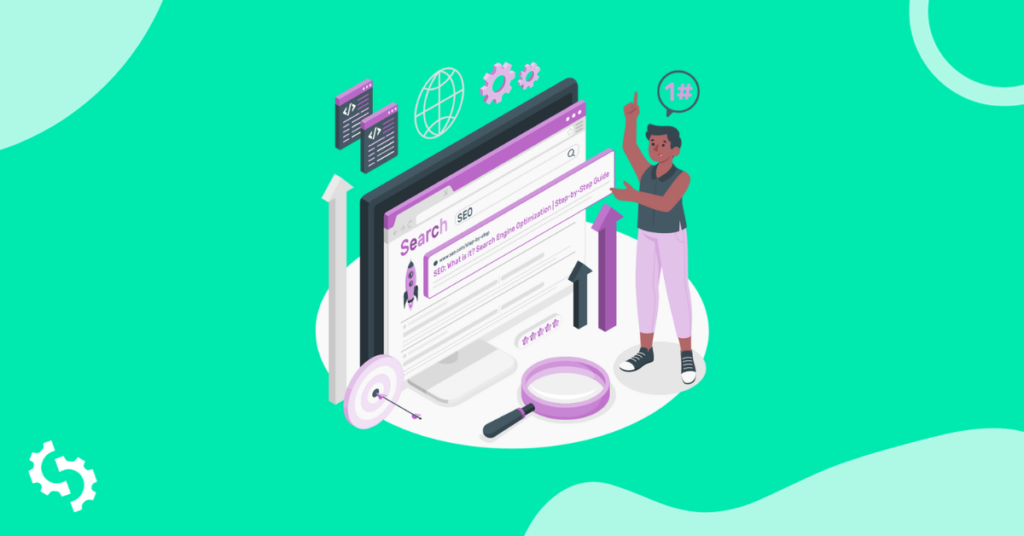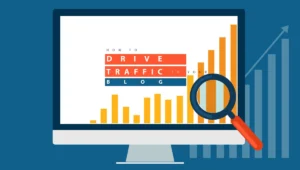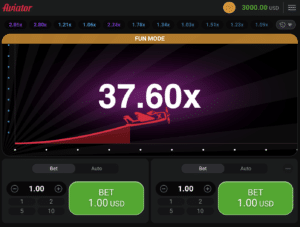How to Rank Blog Posts Without Backlinks

Introduction
Today we discuss How to Rank Blog Posts Without Backlinks. As much as blogging forums may appear to limit your ranking on search engines without using backlinks, it is still possible. And when one targets quality content, proper SEO methods, and friendly users’ techniques, he can get the best scores naturally.
This guide will provide practical advice and examples on how to bring organic traffic to your blog without referring to actual backlinks. Considering the right steps, it is possible to maintain a viable and prosperous blog.
Understanding the Basics of Blog Post Ranking
Just like for any other sites, the blog’s ranking depends on the various search engines and their ranking algorithms. Relevance, user intent and quality of the site should also be noted to understand this shift. Here are few tips on how to rank without backlink you need to post quality content which is worth of sharing and popular among the audience, and your content should match with the type of queries users type in the search engine.
The core of ranking is amicable arrangement of blog pages to rank well on search engine algorithms without compromising the user experience.
The Power of High-Quality Content in Ranking Without Backlinks
In addition, the key to successful updating is having high-quality content in the blogs. It has a positive effect with the audience and makes them to spend more time on your website. The content that is produced must be informative, accurate, and of high quality with a specific purpose of addressing a question or solving a problem.
Even without backlinks, blogs that contain relevant information are favored by search engines so that they occupy a higher ranking. It is also with post frequency that it is easy to make regular updates to your contents.
Keyword research can be used effectively for increasing visibility:
Keyword research helps you to know what your target market is looking for in order that you can provide the solution for it. One should use reliable tools such as the Google Keyword Planner tool or Ubersuggest to identify the most appropriate keywords that have a high search volume but fairly low rivalry.
It is recommended that these keywords are used seamlessly in the content of the document and sometimes in the heading and subheading. In this case, you will have a chance of being among the first to appear in google search results even without backlinks.
How to Optimize On-Page SEO for Maximum Impact
On-page SEO entails the inside optimizing of one’s blog which includes the blog post title, meta description, headings among others. Ensure that you incorporate your target keyword in your write-up but also ensure the write-up is as comfortable for readers as possible.
All pictures should be accompanied by eloquent images, while the blog should be divided into sections with appropriate headers and subheaders. These optimize the blog so as to enhance its access to crawl, making it easier for the search engines to analyze and rank the content of the blog.
Enhancing User Experience: A Key to Ranking Without Backlinks
The signs show that this is highly effective and can greatly influence the ranking of your site. Make sure your blog is clean and easy to find what the viewers want without any major delays in loading. Frequently keep your matter untangled and ensure that your information can easily be scanned by the readers by incorporation of points and small paragrapph. Engaging users makes the users stay longer on the site and this is an indication to the search engines that the content it is promoting is worthwhile visiting.
The Role of Internal Linking in Boosting Rankings
Link it internally is a way through which you link related articles in your blog to help your readers explore other quality contents they might find useful. It benefits a blog by enabling the search engines to have a simple way of interpreting your blog format and how the posts are related. It is appropriate to have link descriptions or tags where the link leads to the appropriate page. This internal linking will help to engage the users, and then spreads the page authority all over your website hence improving its ranking even without external links.
Importance of Mobile Optimization for Search Engines
Since most users are using mobile devices to access blogs, it is essential to master mobile factor. Responsive design will make your blog appealing to visitors in terms of aesthetics and usability across different devices. Google has ranked mobile friendly websites above other sites and therefore your blog should be tested for mobile usability. Easy to navigate and have a quick loading interface, this functionality also greatly improves the prospects of your blog.
Selecting Effective Title Tags and Meta Descriptions to Increase Traffic
For instance, your title and metadata which appear when people are doing a search will help in the creation of an outstanding blog. Convincing titles with keywords included should also be created in a manner that would attract the readers’ attention but should also be relevant to the content of the article.
Ensure that each of these meta descriptions is less than 155 characters, and they should be written in such a way that there will push the prospective readers to click through. It is not only necessary to enhance the CTR but also informs the search engine about the relevance of the blog, and thus helps it rank higher.
Harnessing the Power of Social Media to Promote Your Blog
It is also important to note that traffic coming from Social Friendly sites also helps in improving your blogs’ ranking. Repost your blog entries on sites such as Twitter, Facebook or LinkedIn to the intended audience. By participating oneself and motivating fans to post or share content, the content attainment is raised. Shares and comments from others improve the rankings of your blog to the search engine, also knowning that the content you are providing is valuable to others.
Ukrainian Fulfilment Monitoring and Experiences with Long-Term Strategy Changes
Learn about your blog performance by using various tools such as the Google analytics in order to determine what needs work. Some of the M that needs to be tracked are the amount of organic traffic that a site receives, the bounce rate as well as the average session duration. It may be used to fine tune your strategies depending on what triggers your audience most. This way, there is an ability of making the blog rank and remain competitive without backlinks in the long run.
Conclusion
It becomes extremely critical to meet every criterion in ranking a blog without backlinks but it can only be done through providing quality content, target SEO and user friendly interface. I have given ideas on how one can improve their blog for search engines and ensure it is effective in the long run. By applying these techniques this way and that having a solid course on consistency and persistence, one can achieve the organic exposure that we currently enjoy.







